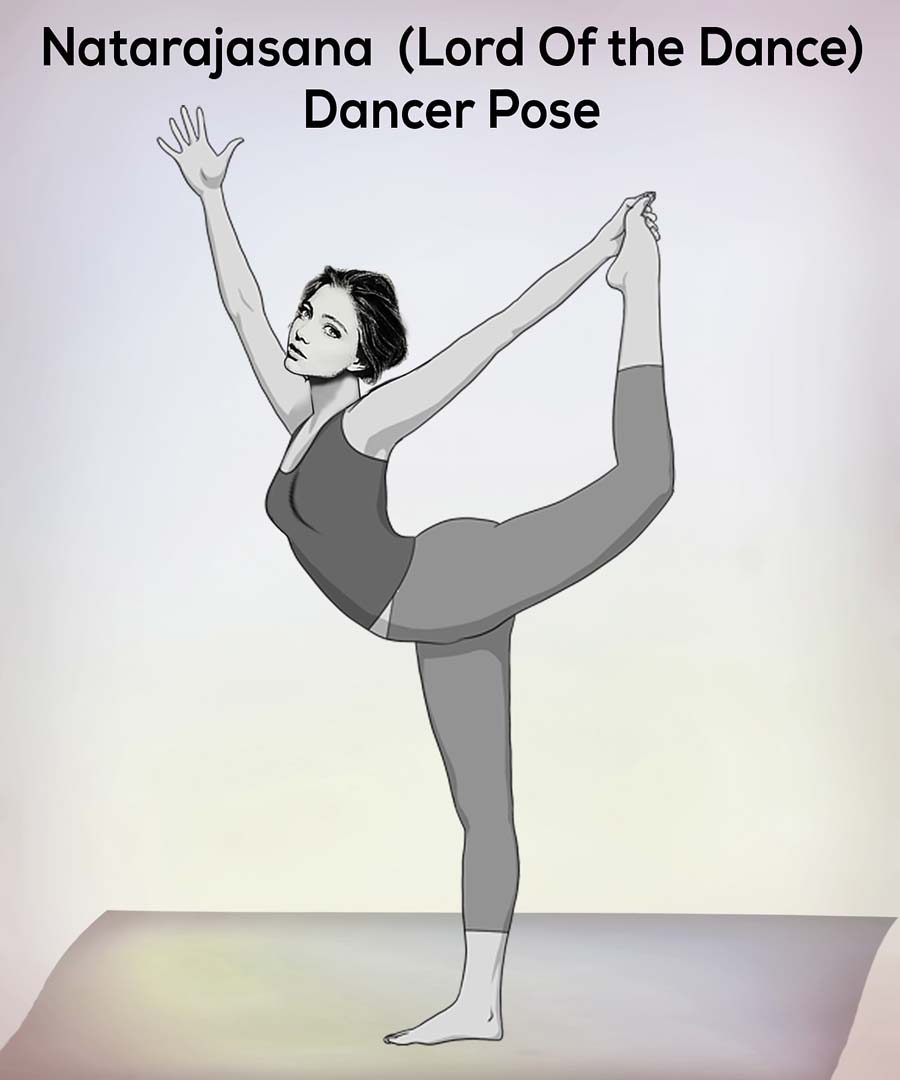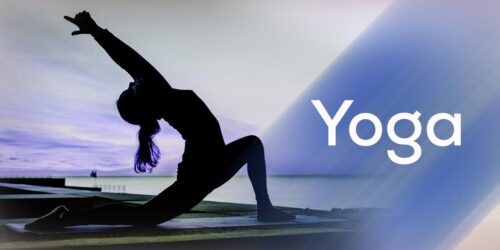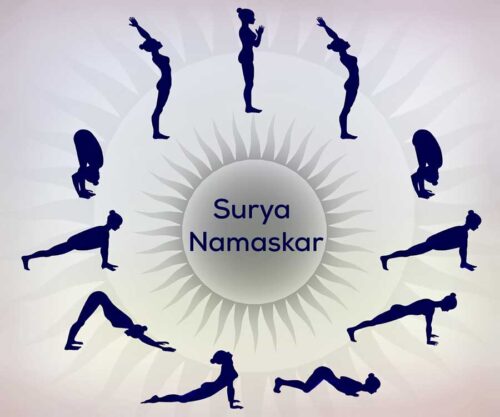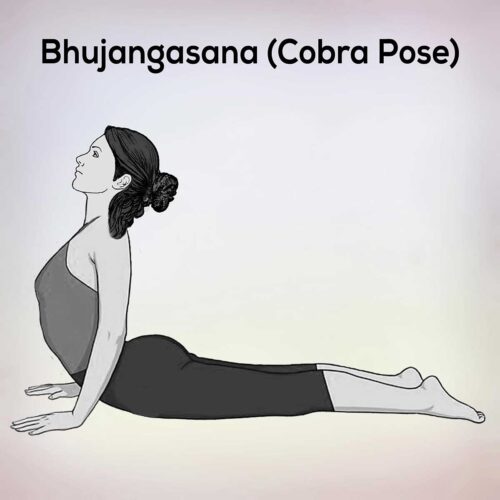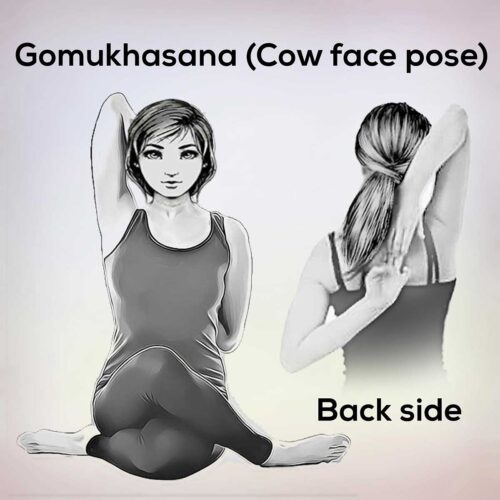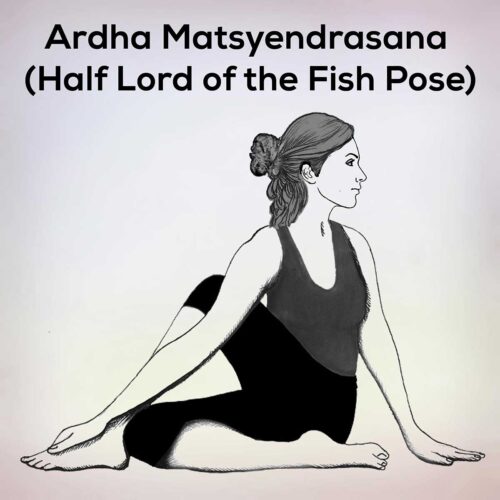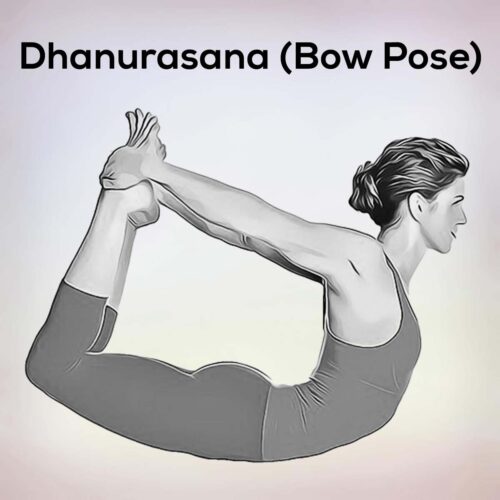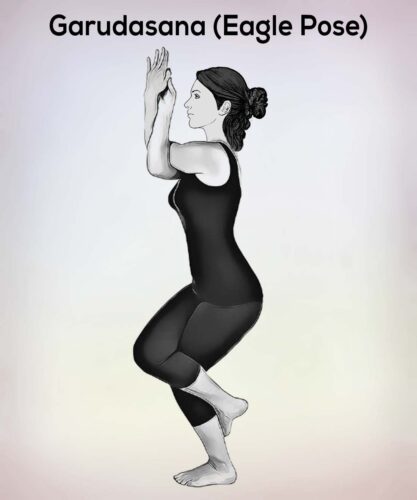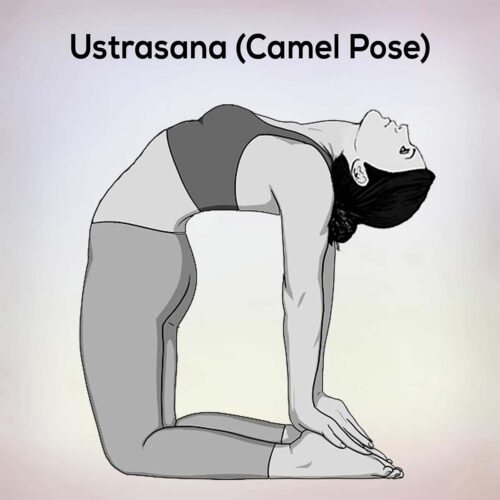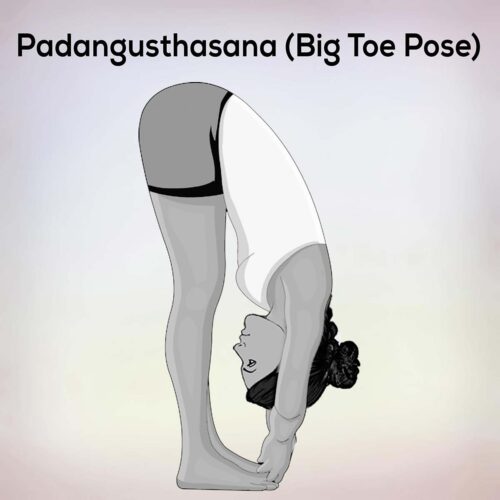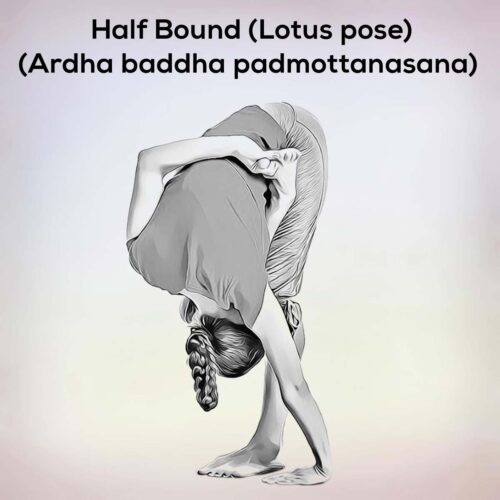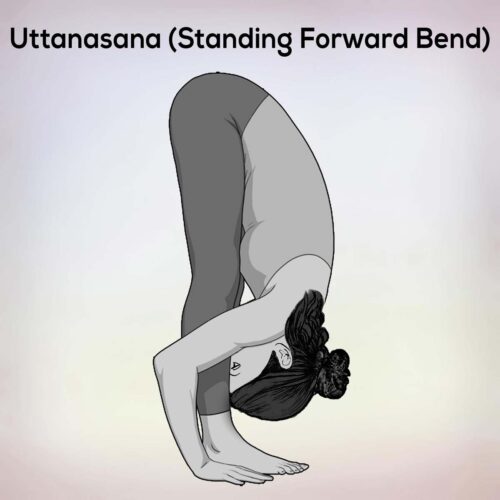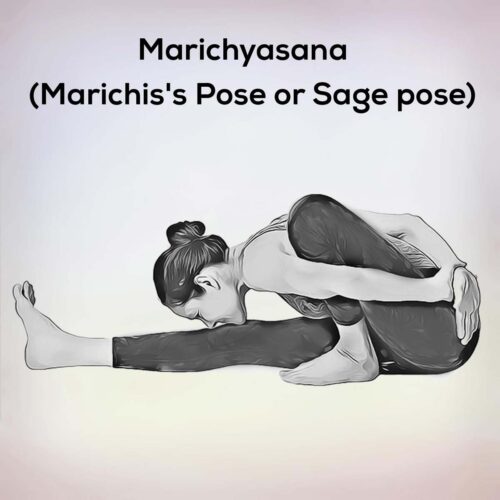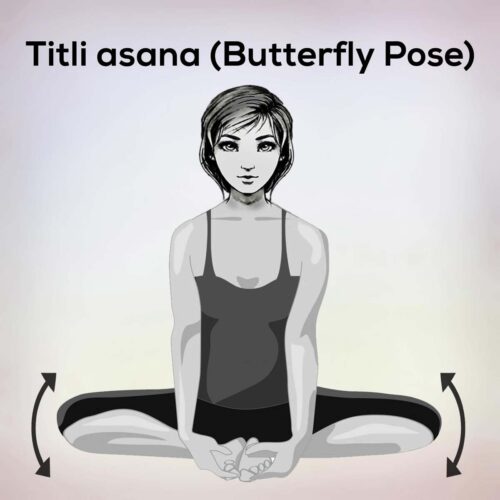Natarajasana | Dancer Pose | Lord Of the Dance Pose Steps, Benefits, And Precautions
Natarajasana, Dancer Pose or Lord of the Dance Pose: Natarajasana “(not-ah-raj-AHS-anna)” In Sanskrit meaning is actor, dancer, mime is dance, Raja stands for king and the meaning of Asana is Pose or posture. Doing this yoga requires patience, focus, and perseverance. This mudra is named after Lord Shiva Nataraja, the king of dance who finds bliss in the midst of destruction. Like its name, the Lord of the Dance pose also symbolizes finding steady peace within.
If you have to do Natarajasana, in preparation for it, you should stretch the shoulders, chest, hips and inner thighs in the same way that they will be challenged in this pose. For that you have to practice some asanas which are as follows.
- Vrikshasana
- Dhanurasana
- Urdhva
- Gomukhasana
- Hanumanasana
- Uttanasana
- Virasana
- Ustrasana
- Supta Virasana
- Supta
- Padangusthasan
- Eka Pada
- Rajakapotasana
- Adho Mukha
- Vrksasana
The Level of Asana is Intermediate, so this article explains the benefits of Natarajasana (Dancer Pose or Lord of the Dance Pose) the right way to practice it. The precautions to be taken while practicing this asana are also discussed.
Let us know the steps of practicing Utthita Natarajasana (Dancer Pose or Lord of the Dance Pose) and its various benefits through this table of contents.
1)- Natarajasana (Dancer Pose or Lord of the Dance Pose) Steps
2)- Tip for Beginners
3)- Benefits of the Natarajasana (Dancer Pose or Lord of the Dance Pose)
4)- Precautions for Natarajasana (Dancer Pose or Lord of the Dance Pose)
Natarajasana (Dancer Pose or Lord of the Dance Pose) Steps
- Begin by standing at the top of your mat in Tadasana (Mountain Pose). And pay attention to the symmetry of your pelvis and your torso
- Shift your weight onto your right foot and bend your left knee, bringing your heel toward your buttocks.
- Reach your left hand back and take hold of your left ankle or foot, depending on your flexibility.
- Inhale and lift your right arm up towards the ceiling.
- As you exhale, begin to hinge forward at the hips, bringing your left foot up and back behind you.
- Keep your left knee pointed down towards the ground and engage your core to help you maintain your balance.
- Continue to reach forward with your right arm as you lift your left leg higher.
- Hold the pose for several breaths, then slowly release your left foot back down to the ground and return to standing.
- Repeat the pose on the other side, shifting your weight onto your left foot and bending your right knee to begin.
Tip for Beginners
- If your balance is not great you can try doing this pose near a wall.
- To help you achieve the full expression of the pose, you can use a belt.
- Remember to always listen to your body and not push yourself too far beyond your limits. With practice and patience, you can gradually deepen your flexibility and find greater ease in this pose.
Benefits of the Natarajasana (Dancer Pose or Lord of the Dance Pose)
Natarajasana (Dancer Pose) has some excellent benefits. The points given below are as follows.
- This pose improves balance and focus, posture, postural awareness and body awareness. It helps in building confidence and empowerment.
- Natarajasana Stretches your Shoulders, Abdomen, Groin, Thorax, Thighs and Helps in weight loss and bosts your metabolism.
- Natarajasana gives strength to your chest region, legs, ankles and hips.
- Natarajasana, from this pose your body posture is improved.
- Lord of the Dance Pose Improves your digestion. Stress buster and calms your mind. Increases flexibility in your body.
- Stretches the front of your hip (hip flexor), front on your thigh (quadriceps), and ankle.
- On the standing leg, it strengthens the front of your hip (hip flexor), your thigh (while also stretching the back of your thigh/hamstring), shin, and ankle.
Precautions for Natarajasana (Dancer Pose or Lord of the Dance Pose)
Take the following precautions before and during practicing the Natarajasana (Dancer Pose)
- It’s important to warm up your body before attempting Natarajasana, especially your hips, thighs, and shoulders. You can do some gentle stretches, like lunges or cat-cow pose, to prepare your body for the pose.
- Natarajasana requires good balance. If you’re feeling wobbly, you can try doing the exercise near a wall or using a chair for support.
- If you’re new to Natarajasana, it’s best to start slowly and work on building your flexibility and strength gradually over time. Don’t force yourself into the pose or try to go too deep too soon.
- If you have difficulty reaching your leg or balancing, you can modify the pose by using a strap or holding onto a wall or chair for support.
- Remember to always listen to your body and exercise safely. If you feel any pain or discomfort, come out of the pose and consult a qualified yoga practitioner.
Legal Disclaimer: Before participating in any exercise program or using any fitness products or services that may be described and/or made accessible in or through the Nexoye Website and/or the Services, you should consult with a physician or other healthcare provider.
